Welcome to Resort
Edolor sit amet, consectetur, adipis civelit sed quia non qui dolorem ipsum quia dolor sit amet, consectetur, adipis civelit.

Visva-Bharati is a public research central university and an Institution of National Importance located in Santiniketan, West Bengal, India. It was founded by Rabindranath Tagore who called it Visva-Bharati, which means the communion of the world with India. Until independence it was a college.
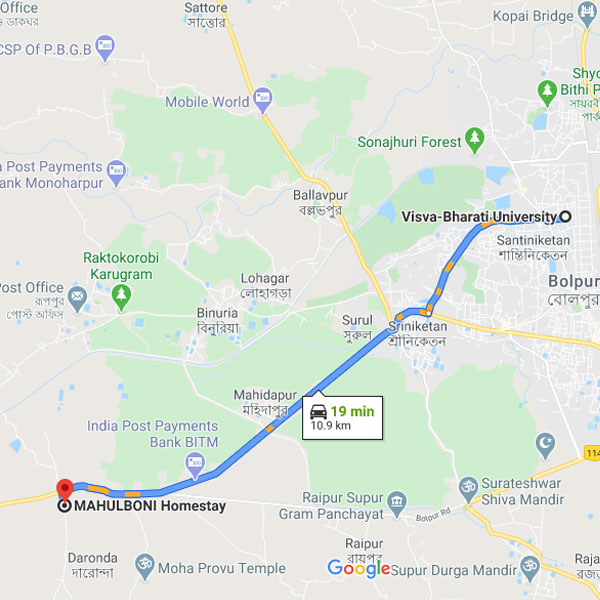
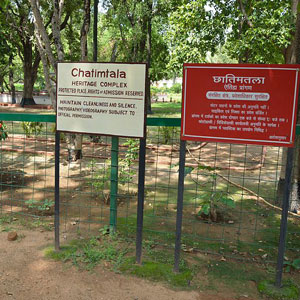
Chhatimtala is the place where Gurudeb Rabindranath Tagore used to take classes with the students of Visva Bharati. In those days, classes used to be held under the shade of Chhatim trees. The entry to the inside of the premise is restricted in order to safeguard the structure.
Tranquil, historical retreat & meditation site of the famous Hindu philosopher, Debendranath Tagore.
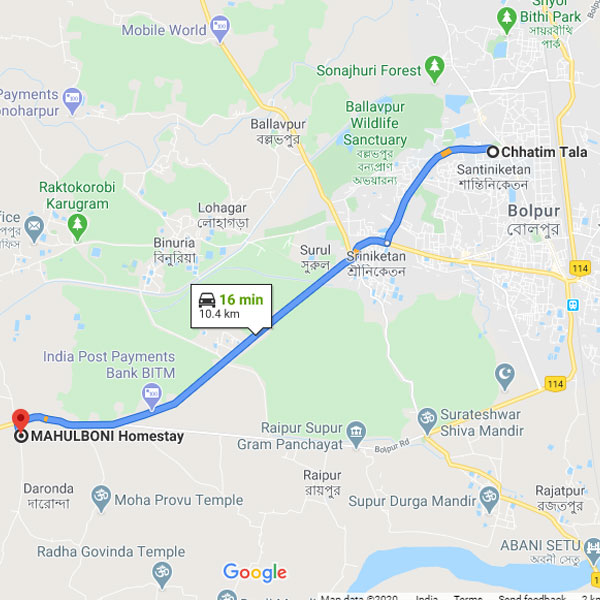
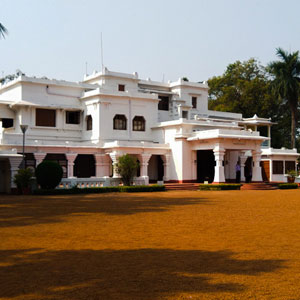
The museum housed in the Bhavana, comprising of a permanent display section and the five homes lived in by Tagore, collectively referred to as the Uttarayan Complex. This unit of Rabindra-Bhavana has 1580 original paintings of Rabindranath and 554 by others. An important aspect of Bhavana activities is to mount exhibitions in ‘Vichitra’. Drawing upon its own rich collection of photographs and other memorabilia, exhibitions depicting different themes from the poet’s life, are held regularly throughout the year.

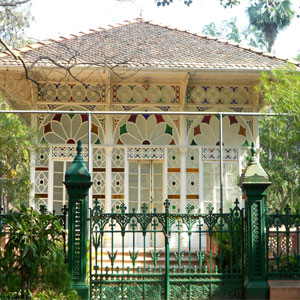
One of the most beautiful halls in the Shantiniketan is the Upasana Griha or the Prayer hall. Originally built by father of Gurudev Rabindranath Tagore, Shri Debendranath Tagore in 1863, this prayer hall is also known as the Kanch Mahal. Kanch mahal means palace of mirrors in the local language. The hall is made of several coloured Belgium glass with marble steps on all the four sides.
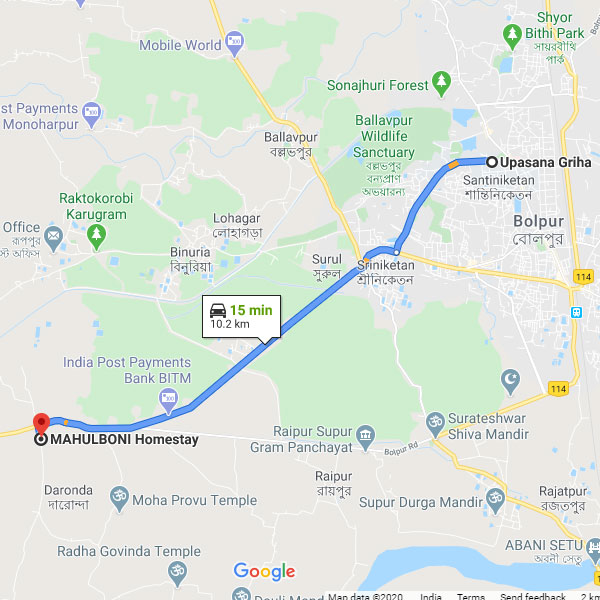
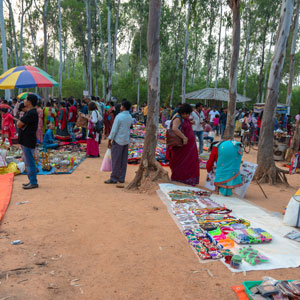
Khoai Mela: Sonibarer haat at Sonajhuri. Popularly known as the sonajhuri haat its a shopping heaven every Saturday on the banks of khoai river. Its an open air market where you can buy tribal items and many more stuffs while listening to wonderful baul songs, sung by some local bauls sitting aside.
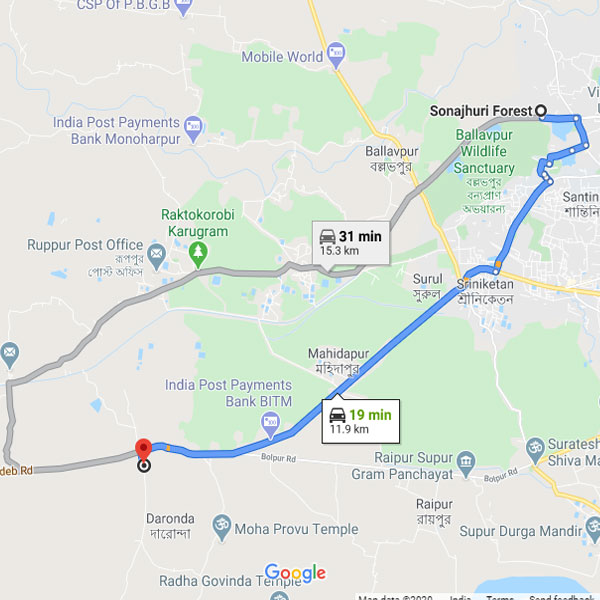
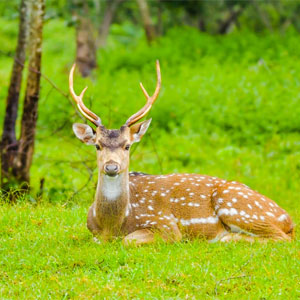
Ballabhpur Wildlife Sanctuary (popular as Deer Park) was established in 1977. This wooded area is located near Santiniketan in Bolpur subdivision of Birbhum District in the Indian state of West Bengal. It is home to a number of deer including the Blackbuck and Spotted deer. Other animals include jackals, foxes and a variety of water birds.
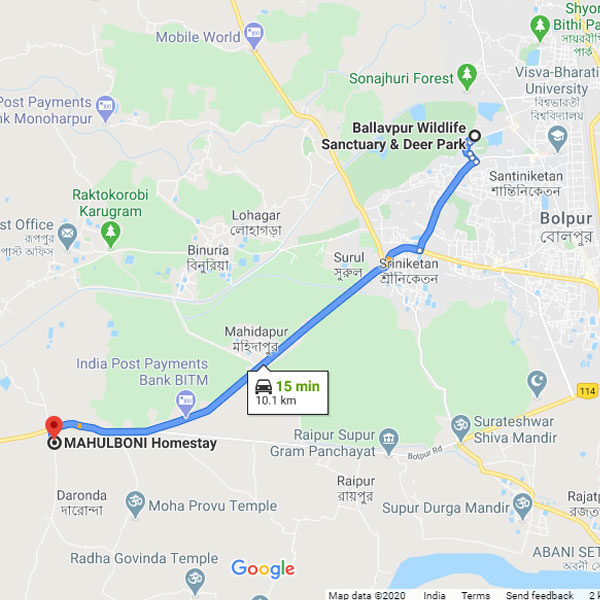
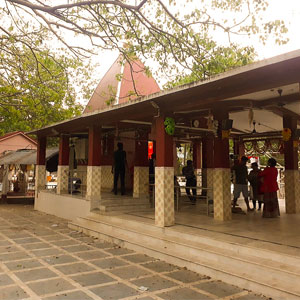
Kankalitala is a temple town in Bolpur subdivision of Birbhum district in West Bengal. It is one of the Shakti Peethas where the waist (or kankal in Bengali) of Parvati fell which is at present the Kankalitala town. Goddess Parvati is the residing deity of the Kankalitala Temple.
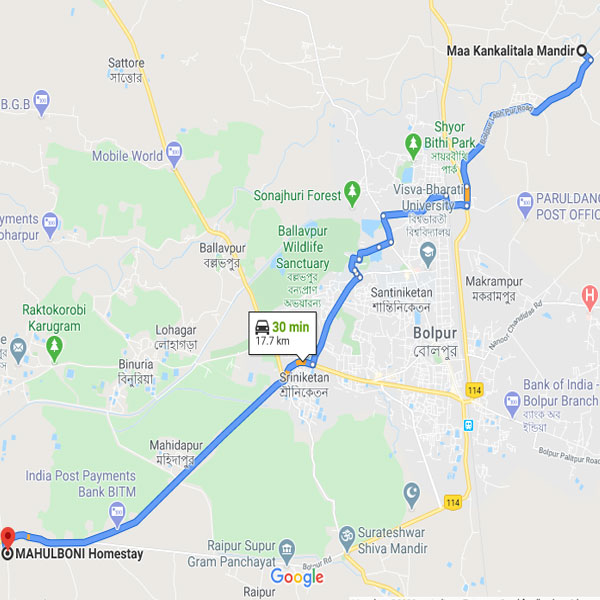
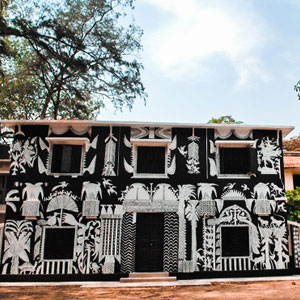
Kala Bhavana is the fine arts faculty of Visva-Bharati University, in Shantiniketan, India. It is an institution of education and research in visual arts, founded in 1919, it was established by Nobel laureate Rabindranath Tagore.
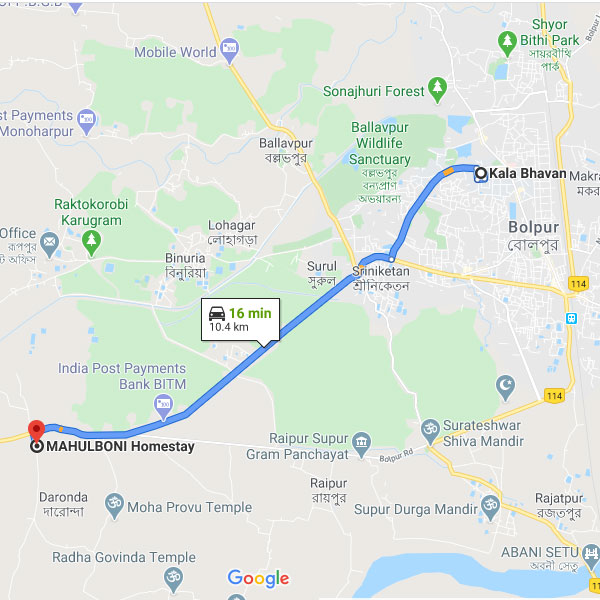
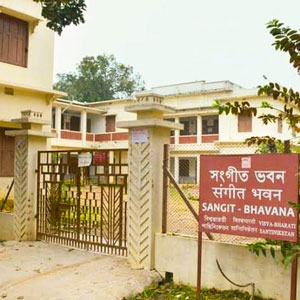
Sangit Bhavana, of Visva-Bharati University, Santiniketan, started functioning as a part of Kala Bhavana in 1919 and as a separate institution in 1933. It was established by the Nobel laureate Rabindranath Tagore.
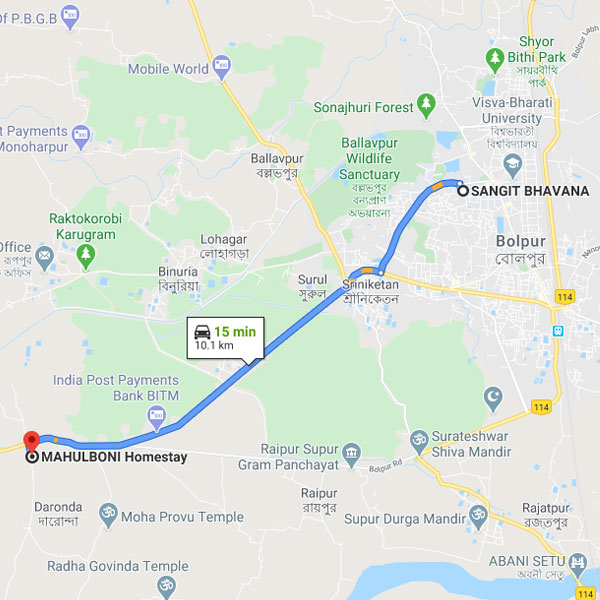
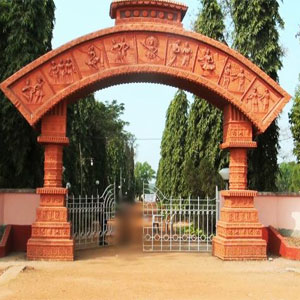
Srijani Shilpagram at Shantiniketan In 1901, the cultural village of Eastern Zonal Cultural Centre is situated in Birbhum, Santiniketan, West Bengal. The Old Bengali Culture, the Arts and Crafts, Baul songs and much more. Srijani Shilpagram is a cultural centre in Bolpur, where people experience the rich culture of Bolpur in the form of various shows like singing, Dancing and Exhibition.
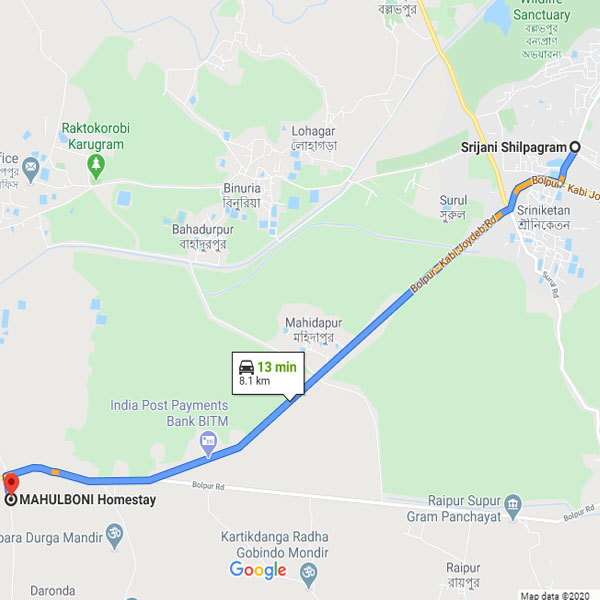
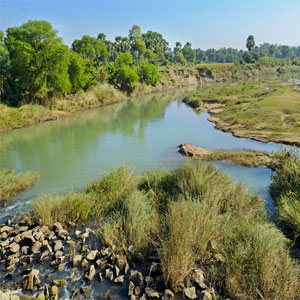
The Kopai River is a tributary of the Bakreshwar River. It flows past such towns as Santiniketan, Bolpur, Kankalitala, Kirnahar and Labhpur in Birbhum district in the Indian state of West Bengal. It is a small river in dry season but overflows its banks during the monsoon. The river Kopai, flowing through Bolpur. It is a tributary of the Mayurakhi river, which in turn joins the Hoogly, and finally merges into the Bay of Bengal.
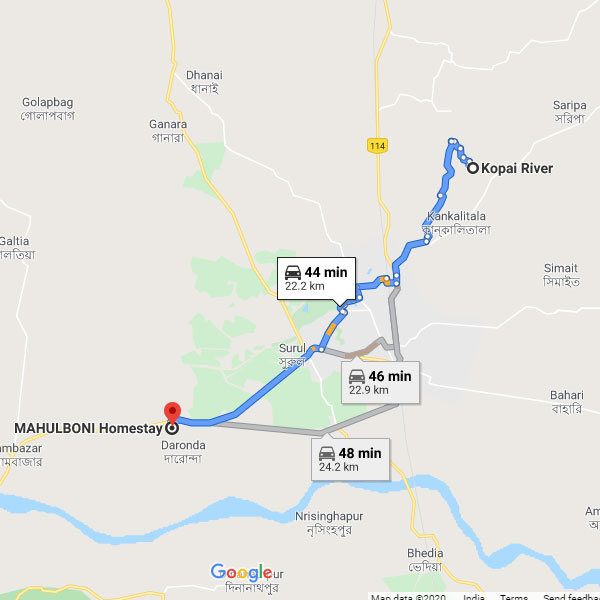
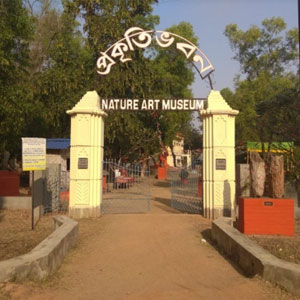
Prakriti Bhavan located in the Ballavpur area of Santiniketan, Birbhum, West Bengal. The world’s unique Nature Art museum with an impressive indoor display of natural sculptures in driftwood, dry wood and transcreation in metal with a sprawling open air garden of natural rock sculptures.
Set in the most picturesque part of Santiniketan it is an aesthetic manifestation of the legacy of Tagore’s Santiniketan in linking man with nature through Art, music and poetry.
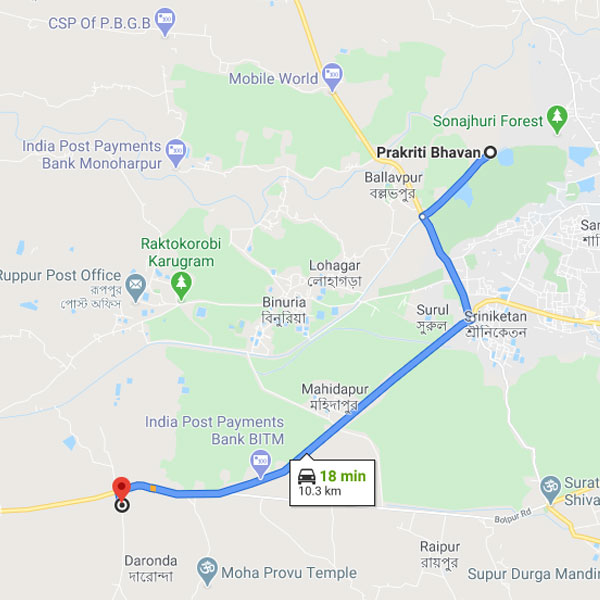
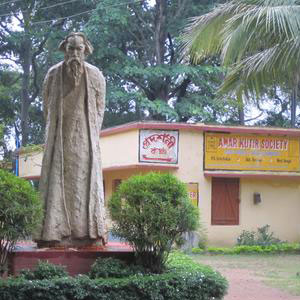
Amar Kutir (আমার কুটির) (meaning: my cottage), once a place of refuge for independence movement activists has been turned into a cooperative society for the promotion of arts and crafts. This famous centre for arts and rural development is very popular in the city and is well connected by all means of public transport. From the Shantiniketan Railway Station, take the Shantiniketan-Bolpur Road and after around 7 km, you will reach this place.
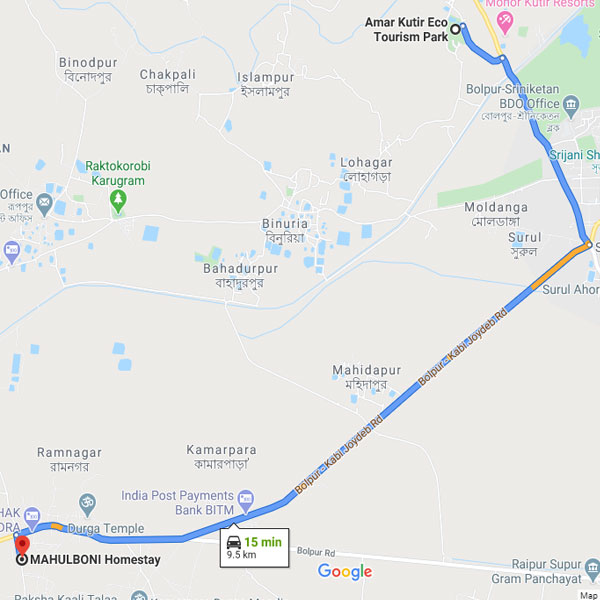

Amkhoi Fossil Park is a fossil park located near Illambazar in the Birbhum District of West Bengal, India. It contains fossilized wood 15 to 20 million years of age and is officially recognized by the State Forest Department of West Bengal. It is the only fossil park of West Bengal state and has an area of 10 hectares. The park was created as an attempt to prevent vandalism by thieves and fossil hunters.
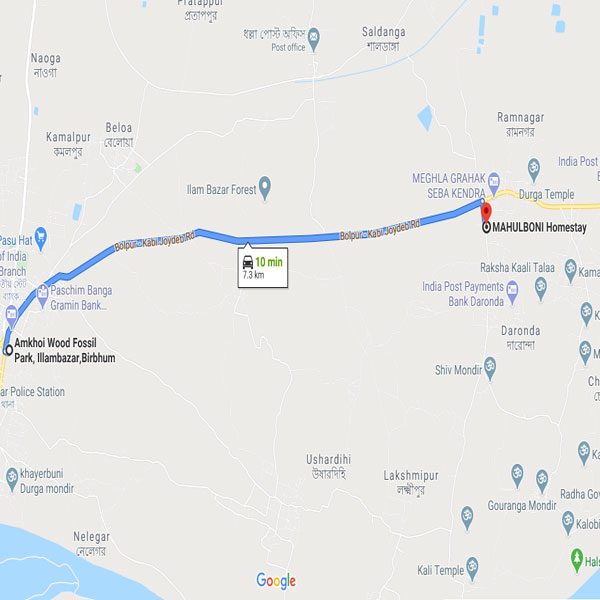
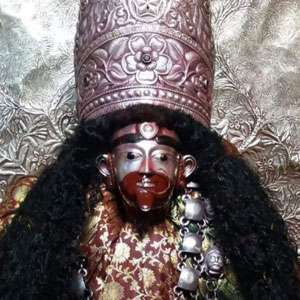
The shrine gets its name being a Sidhho Pith. Sidhho Pith holy temples of Tara Maa. They are believed to have originated due to the falling of body parts of the corpse of Sati Devi, when Lord Shiva carried it and wandered in sorrow. There are 51 Shakti Peeth all over South Asia is linked to the 51 letters in Sanskrit. The Shakti Peethas are associated with the mythology of Daksha yaga and Sati’s self immolation. These shrines are important place of worship for Tantra practitioners.
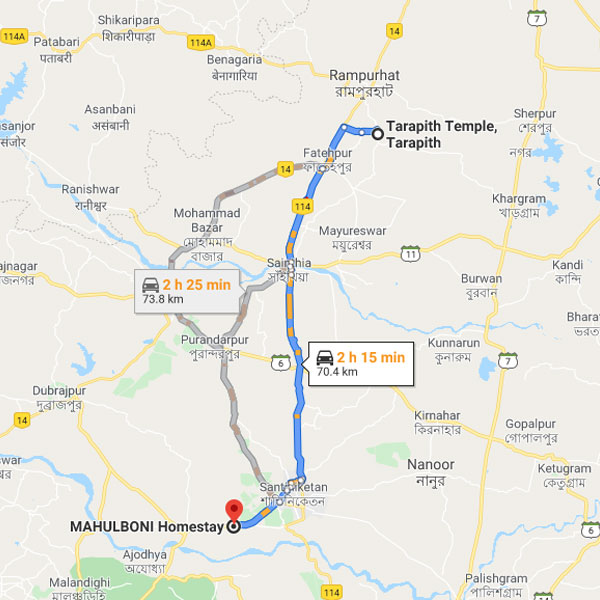
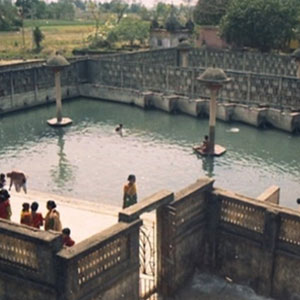
Bakreshwar is a village in West Bengal visited for its sacred temples and the hot water springs that are known to have restorative properties.
There are natural hot water springs situated next to the temple with water as hot as 80 to 200 degrees Fahrenheit. The spring water is believed to be sacred and duly worshipped by the devotees.
Bakreshwar is a village located about 2 hours from Mahulboni Homestay, in Dubrajpur, famous for its hot water springs
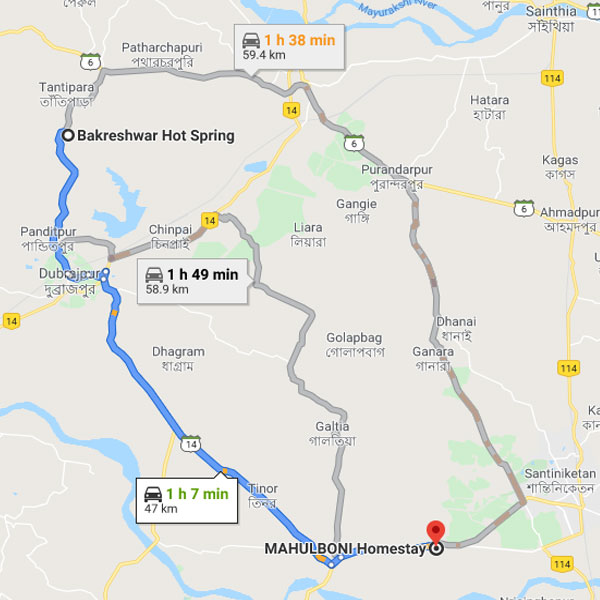

Bakreswar or Bakreshwar is a popular pilgrimage destination. Located in Birbhum, Bakreswar is known as one of the 51 Sakthi Peethas of India. Bakreswar is famous for its Bakreswar temple which is dedicated to lord Bakranath (Shiva) and goddess Kali. The temple is believed to be erected at the spot where the forehead and brows of Goddess Sathi fell. The main temple of Bakreswar is surrounded by many small shrines which are dedicated to lord Shiva. There is a Temple Tank and Sacred Tree. Bakreswar is also known for its eight hot springs which has varying temperatures. The hottest of these springs is called Agnikund and it has a temperature of about 93.33° C. It is believed that the water of these springs have healing properties. They all discharge in to a rivulet, which joins Pamphra river. A big mela is held every year on the day of Shiva-Ratri
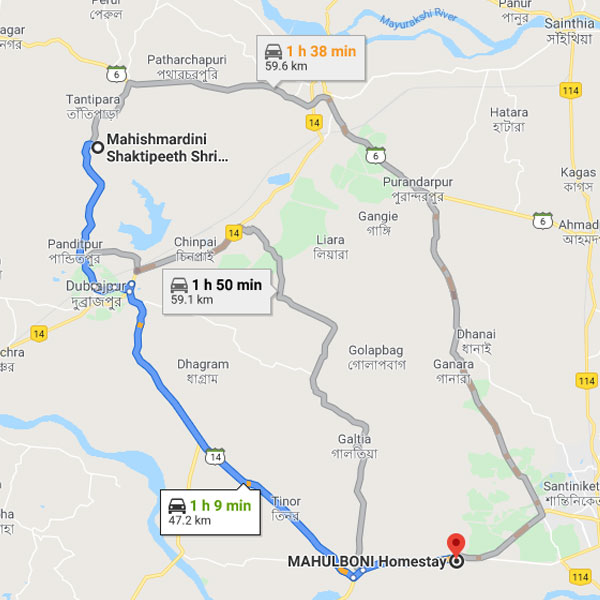
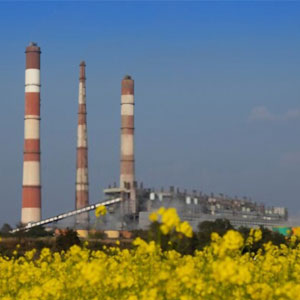
Bakreshwar Thermal Power Station, along with the industrial township, are spread across parts of Suri I and Dubrajpur blocks. Small villages, such as Bangaon and Sadaipur, are located in the area. Larger villages, such as Chinpai and Kachujor, are located nearby.Bakreshwar Thermal Power Station of West Bengal Power Development Corporation Limited is a power station with an installed capacity of 1050 MW (5×210 MW) and it is proposed for capacity expansion of another 500 MW.
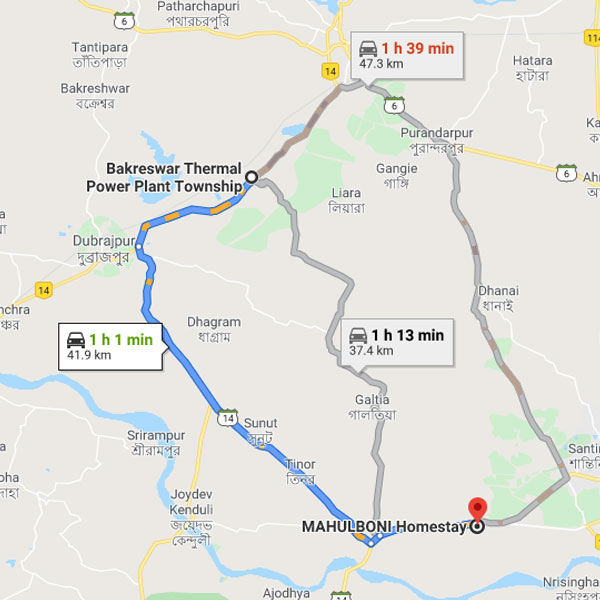

The reservoir formed by erecting a dam in Bakreshwar River named Neel Nirjan (meaning blue solitude), for providing water to the thermal power plant, is gaining in popularity as a tourist spot.
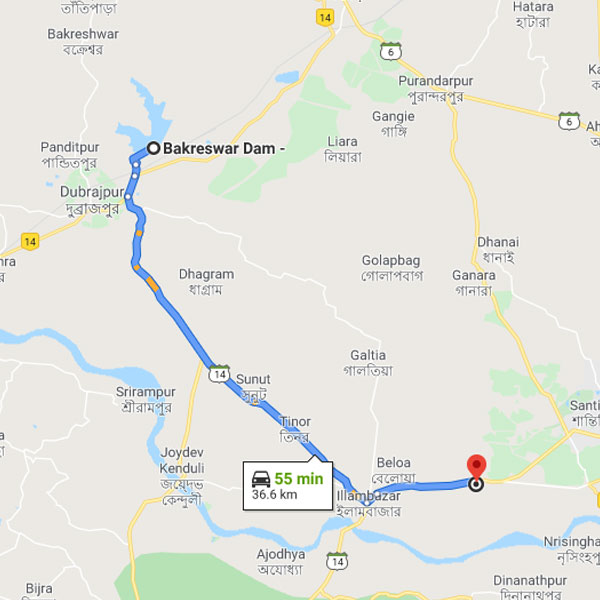
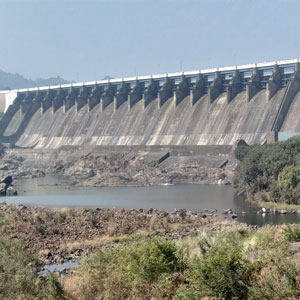
Massanjore Dam is a hydropower generating dam over the Mayurakshi River located at Massanjore near Dumka in the state of Jharkhand, India. The Massanjore dam, across the Mayurakshi, was commissioned in 1955. It was formally inaugurated by Lester B. Pearson, Foreign Minister of Canada.
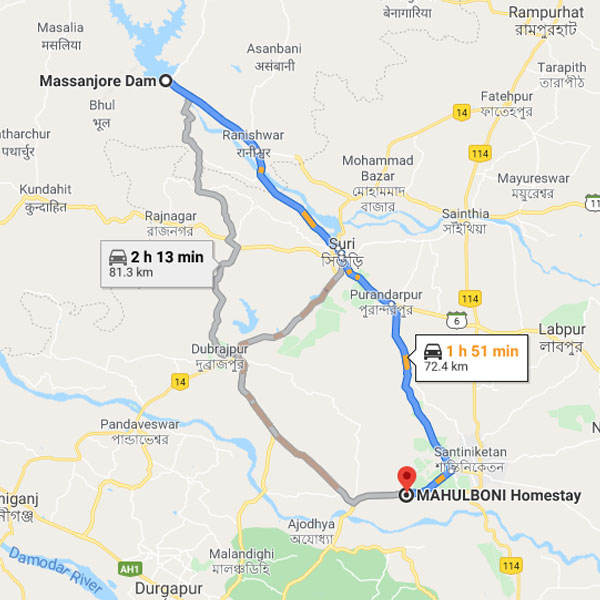
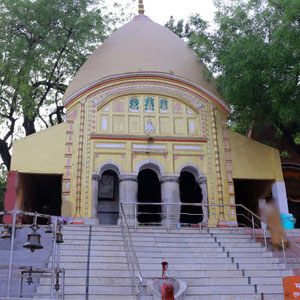
Nalateswari Temple, one of the sacred “Peeth”s of Sati. Situated at Nalhati, small town of district Birbhum, West Bengal. Maa Nalateswari who is also praised as Maa or “Bhagobidhata-Nalateswari” or Devi Parvati or Kalika. The name “Nalateswari” comes from “Nala” or throat of Maa sati. Within this natural beauty, the eastern side of the plateau provided secret formation of Nalateswari Temple.
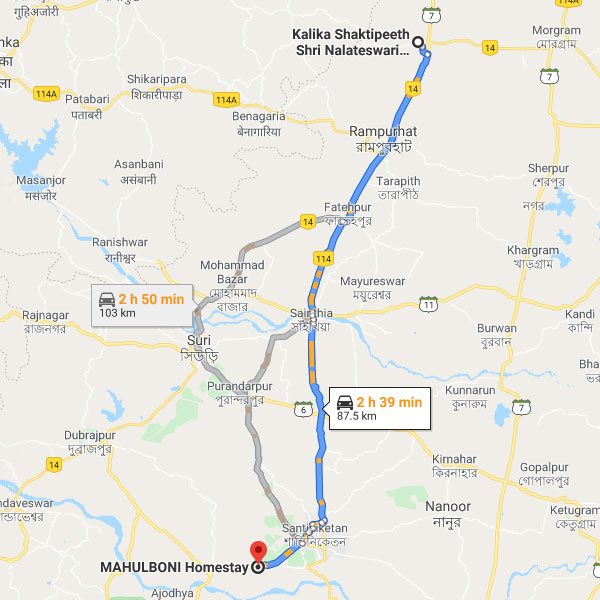

Fullara shakti peeth is a disputed one. One is in burdwan and and other in birbhum.both are known as attahas. The burdwan one is near ketugram katwa . One more shaktipeeth near this place is bahula. Hence a person going to katwa can do bahula and attahas as more are very nearby. The attahas at burdwan is a very large temple when compared with the attahas of birbhum.
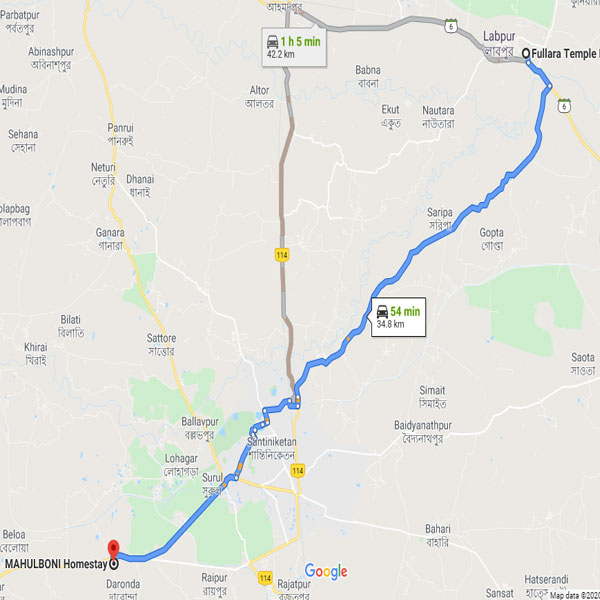
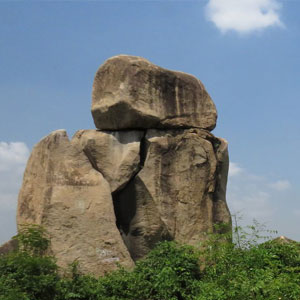
Mama Bhagne Paharh is a rock formation near Dubrajpur town of district Birbhum in the Indian state of West Bengal. It is a pair of almost spherical natural boulders of granite rock, one balancing on the top of other. The balancing of the rocks are so surprising that it is a famous landmark in West Bengal, where it is known as Mama Bhagne ( the maternal uncle and the nephew ). The site has a number of boulders splintered across the place. It is the extreme eastern part of the Chota Nagpur plateau where “the granite is gray and composed of glassy quartz pink, gray feldspar and black mica” At the base of the rocks is a temple of Shiva entitled Pahareswar.

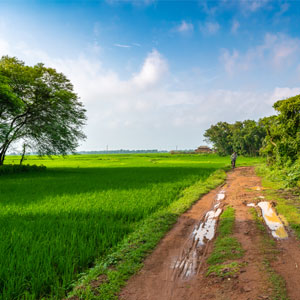
Atla is a village in Rampurhat, Rampurhat subdivision of Birbhum district, West Bengal, India. It is famous for being the birthplace Bamakhepa, a saint of India.
